A thriving vegetable garden isn’t just about leafy greens, juicy tomatoes, or sweet carrots. Surrounding your crops with the right flowers can boost growth, deter pests, attract pollinators, and add bursts of color that make your garden a joy to spend time in. Companion planting with flowers is a proven strategy that combines beauty and function—helping your vegetables flourish naturally.
Here’s a guide to the best flowers to plant near your vegetable garden, why they help, and how to maximize their benefits.
1. Marigolds — The Garden Guardian
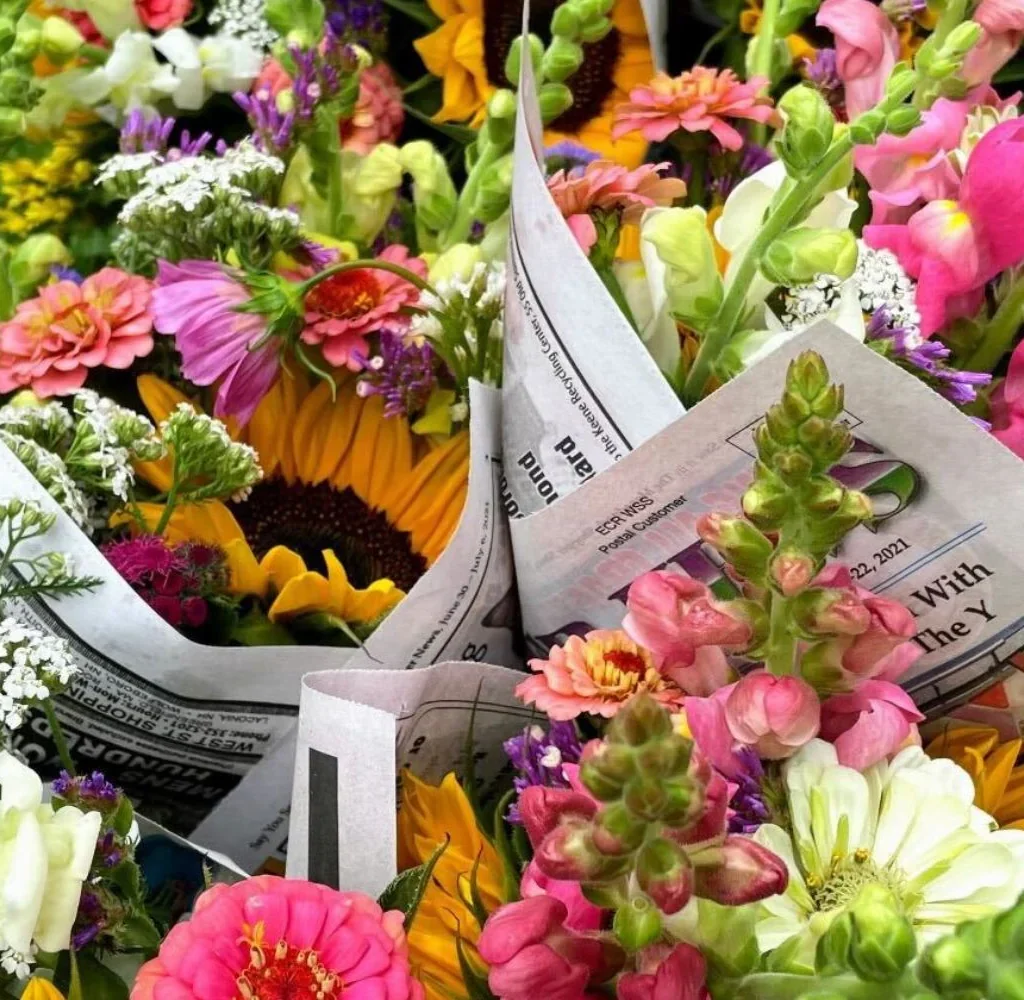
Why they work:
Marigolds are famous for their ability to repel pests, especially nematodes and certain insects that attack tomatoes, peppers, and beans. Their strong scent confuses pests while attracting beneficial insects like hoverflies, ladybugs, and bees.
Best pairings:
- Tomatoes
- Peppers
- Beans
- Cucumbers
Planting tips:
- Space marigolds around the perimeter of your vegetable beds.
- Choose French marigolds (Tagetes patula) for smaller spaces and African marigolds (Tagetes erecta) for taller borders.
- Deadhead spent blooms to encourage continuous flowering and maximum pest protection.
2. Nasturtiums — The Edible Trap Crop
Why they work:
Nasturtiums act as a trap crop, attracting aphids, whiteflies, and other pests away from your vegetables. Their bright, edible flowers also draw pollinators like bees, improving vegetable yield.
Best pairings:
- Tomatoes
- Cabbage
- Radishes
- Cucumbers
Planting tips:
- Plant along vegetable edges or interspersed within crops.
- Nasturtiums grow well in poor soil and require minimal care.
- Their trailing varieties can be used as ground cover to suppress weeds.
3. Sunflowers — Pollinator Magnets and Natural Supports
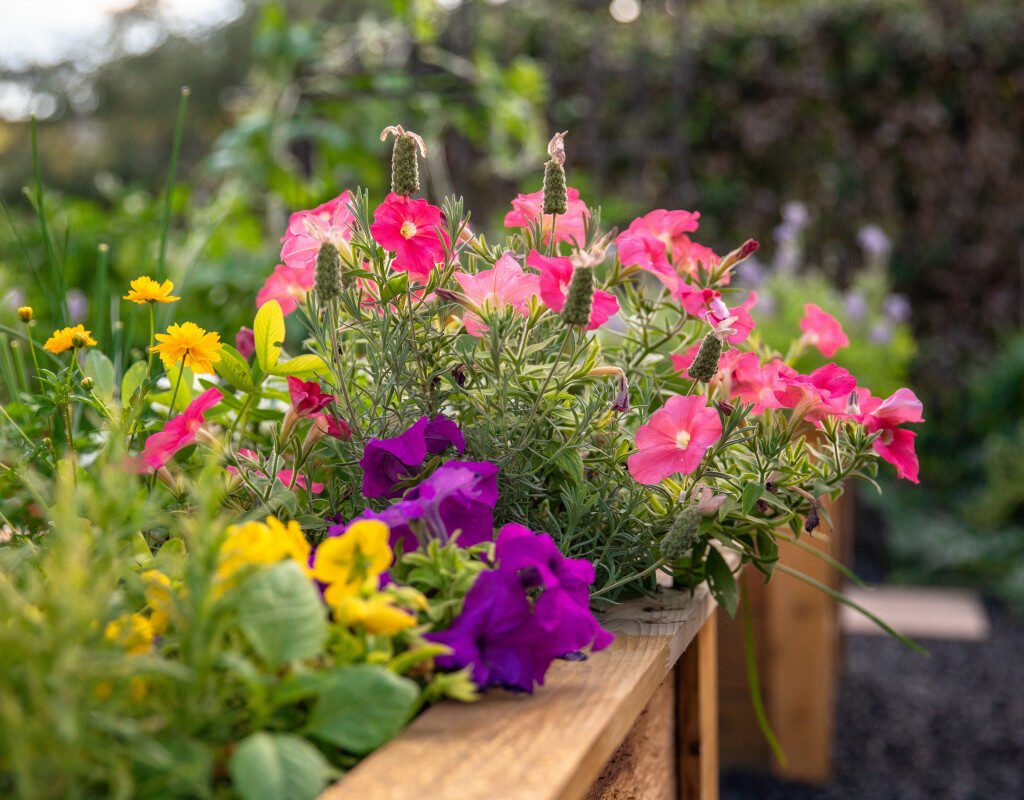
Why they work:
Sunflowers attract bees and other pollinators, which are essential for fruiting vegetables like tomatoes, squash, and beans. Tall sunflower varieties can also provide natural support for climbing plants such as pole beans.
Best pairings:
- Pole beans
- Cucumbers
- Squash
Planting tips:
- Plant sunflowers on the south side of your garden so they don’t shade other vegetables.
- Choose sturdy, disease-resistant varieties if you plan to use them as support.
- Space adequately to allow airflow and prevent fungal issues.
4. Calendula — The Continuous Bloomer
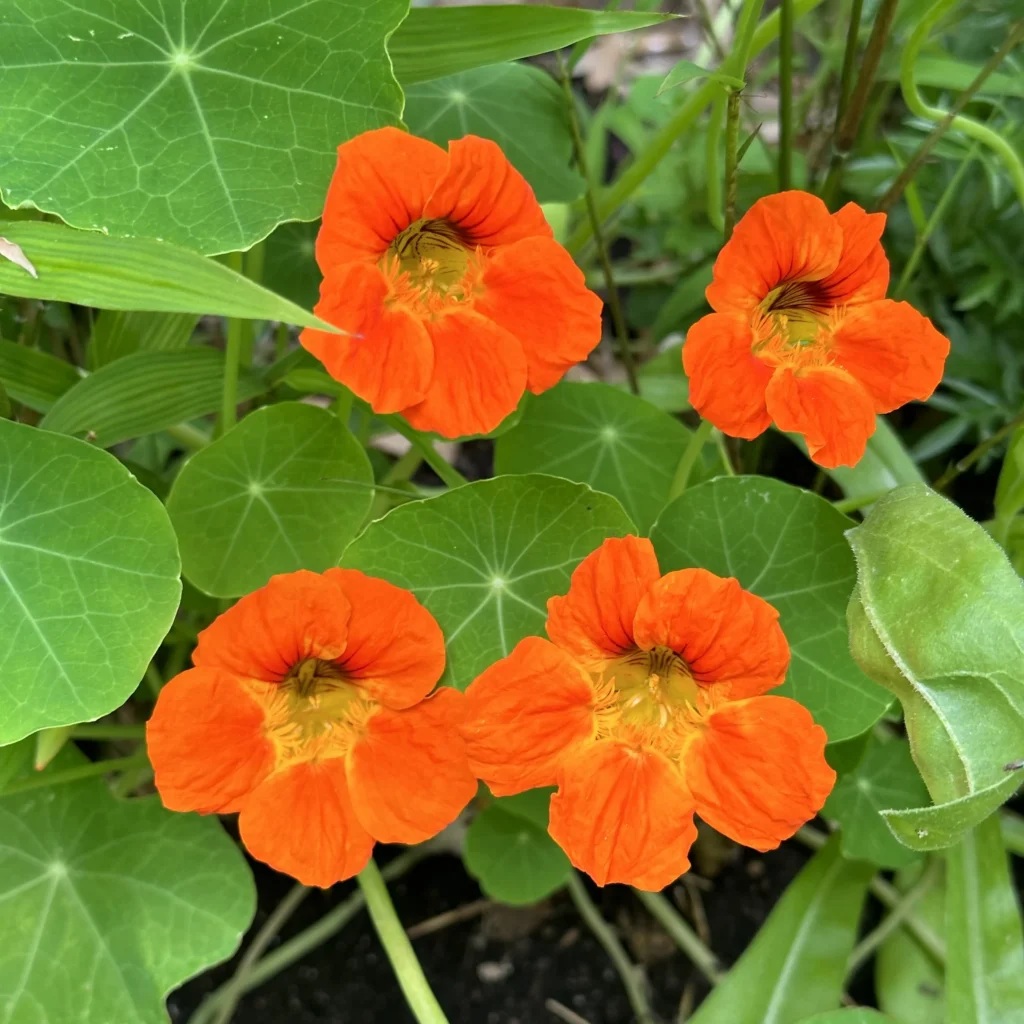
Why they work:
Calendula, or pot marigold, attracts beneficial insects such as lacewings, parasitic wasps, and bees. These insects prey on common garden pests, providing natural pest control. Calendula also produces edible petals and flowers almost all season long.
Best pairings:
- Lettuce
- Carrots
- Tomatoes
- Brassicas
Planting tips:
- Sow seeds directly in the garden or start indoors for early blooms.
- Deadhead regularly to encourage continuous flowering.
- Calendula thrives in full sun but tolerates partial shade.
5. Borage — The Mineral Booster
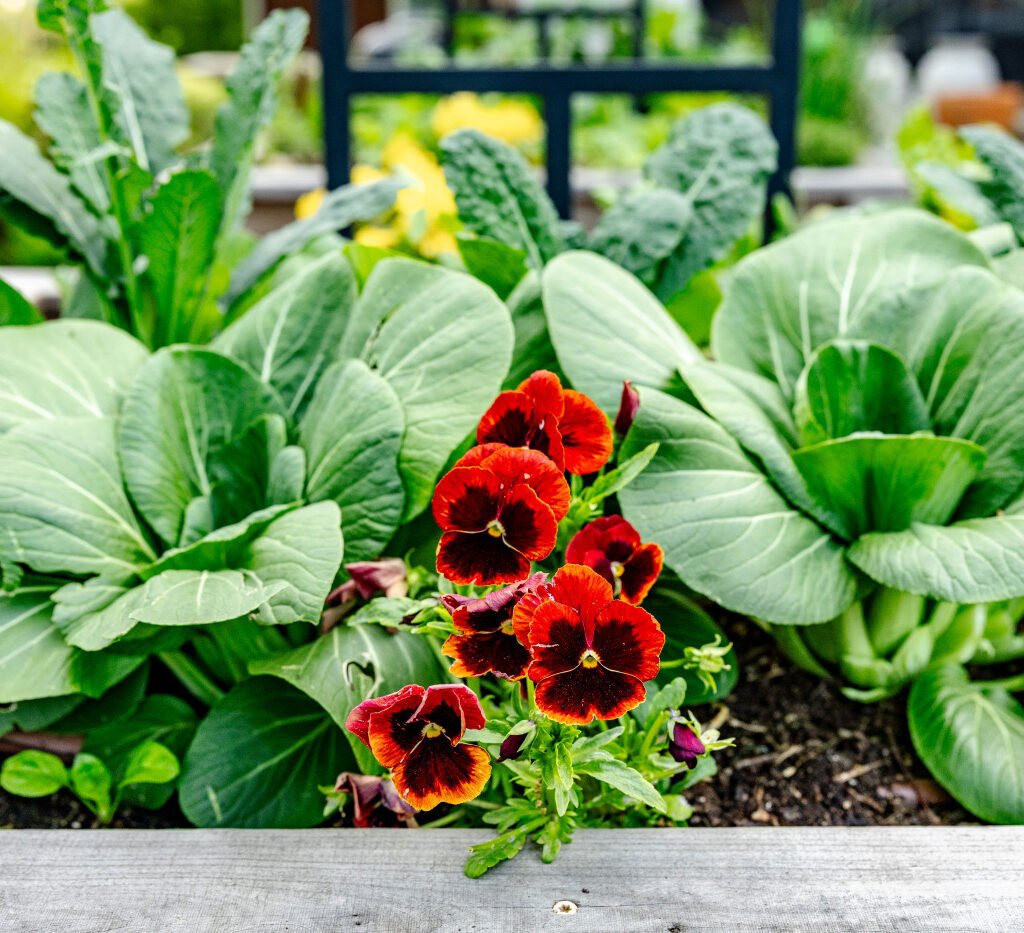
Why they work:
Borage flowers are rich in nectar, attracting bees that improve pollination rates for tomatoes, squash, and cucumbers. Borage also adds minerals to the soil—especially potassium—which benefits nearby vegetables.
Best pairings:
- Tomatoes
- Squash
- Strawberries
Planting tips:
- Sow seeds directly in the soil after the last frost.
- Borage grows quickly and can self-seed; remove excess seedlings to prevent overcrowding.
- Use as a companion border or interplant with vegetables.
6. Lavender — The Fragrant Pest Deterrent
Why they work:
Lavender’s strong scent repels moths, flies, and other unwanted pests, while attracting pollinators like bees and butterflies. Its woody stems also provide structure and visual interest near vegetable beds.
Best pairings:
- Cabbage family crops (broccoli, kale, cauliflower)
- Tomatoes
- Peppers
Planting tips:
- Lavender prefers full sun and well-drained soil.
- Prune lightly after flowering to maintain shape.
- Plant along the edges of vegetable beds for best pest-repellent effect.
7. Zinnias — Pollinator Powerhouses
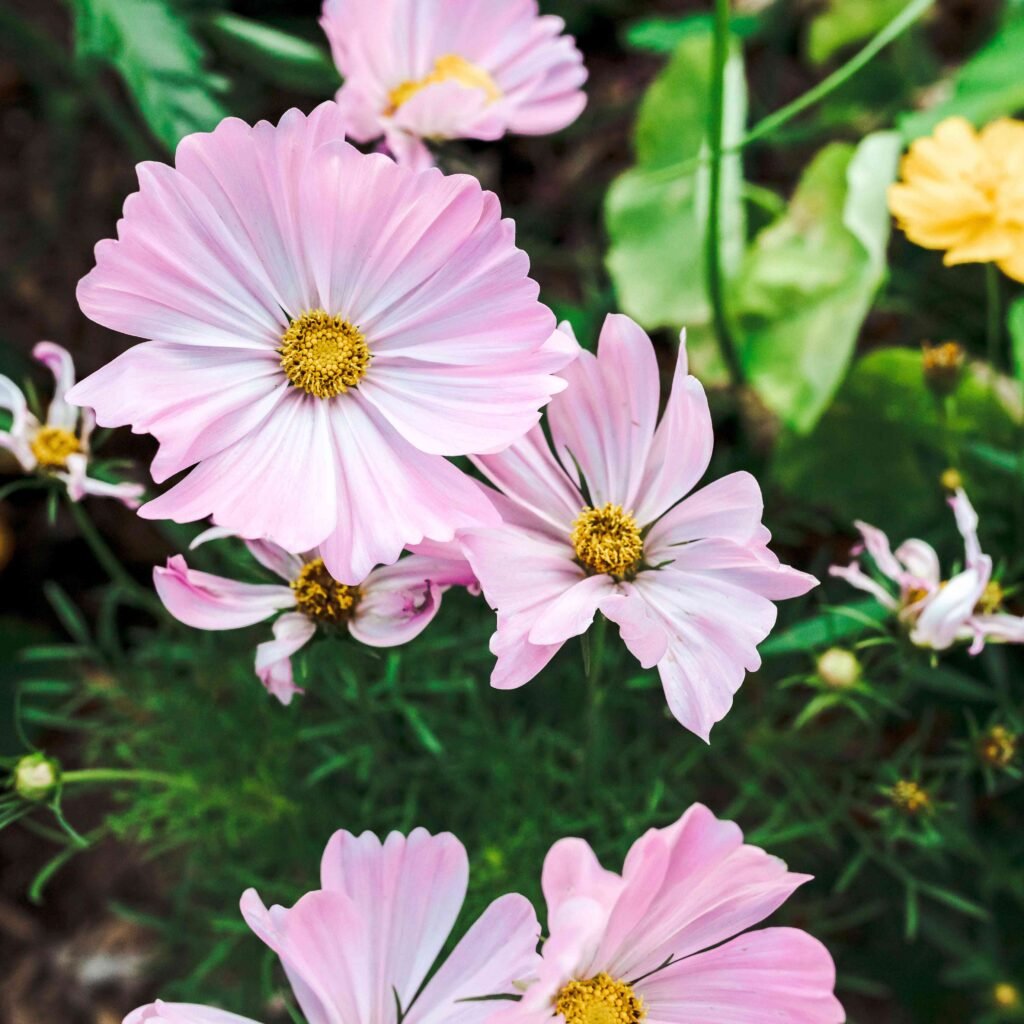
Why they work:
Zinnias bloom in vibrant colors, attracting bees, butterflies, and hummingbirds, which help pollinate vegetables. They are drought-tolerant and bloom all season long, providing a constant food source for beneficial insects.
Best pairings:
- Tomatoes
- Peppers
- Squash
Planting tips:
- Choose single-flowered varieties for easy pollinator access.
- Plant in clusters or along the garden edge for visual appeal and maximum pollinator visits.
- Deadhead regularly to extend blooming season.
8. Sun-Loving Herbs With Flowers
Many flowering herbs are excellent companions for vegetables:
- Basil: Repels mosquitoes and flies; attracts bees. Great with tomatoes.
- Chives: Flowers attract pollinators and deter aphids. Works well with carrots and tomatoes.
- Thyme: Flowers attract bees and predatory insects, plus it can act as ground cover to suppress weeds.
Plant herbs near vegetables for both culinary and pollination benefits.
9. How Flower Placement Improves Vegetable Health
- Pollination: Flowers attract bees, butterflies, and other pollinators that increase fruit set in vegetables like tomatoes, cucumbers, and peppers.
- Pest control: Many flowers lure predatory insects or confuse pests that attack vegetables.
- Biodiversity: A diverse garden ecosystem reduces the likelihood of pest outbreaks and disease.
- Soil health: Deep-rooted flowers like borage can help break up compacted soil and recycle nutrients.
Pro tip: Plant flowers in clusters rather than randomly to make it easier for beneficial insects to find them.
10. Seasonal Flower Planning
For year-round benefits, consider planting flowers in staggered succession:
- Spring: Calendula, nasturtium, and borage for early pollinators.
- Summer: Marigolds, sunflowers, zinnias, and lavender to support peak vegetable growth.
- Fall: Late-blooming asters or cosmos to extend pollinator activity.
Rotating flowers with vegetables ensures constant blooms and continual pest protection throughout the growing season.
Final Thoughts
Planting flowers near your vegetable garden isn’t just decorative—it’s a strategic way to boost yield, improve soil health, attract pollinators, and reduce pests naturally. From marigolds that guard against insects to sunflowers that provide support and attract bees, these companion flowers create a vibrant, productive ecosystem.
By thoughtfully integrating blooms into your vegetable garden, you’ll enjoy not only healthier crops but also a more beautiful and dynamic garden space buzzing with life.
A colorful, thriving vegetable garden is just a few flowers away.
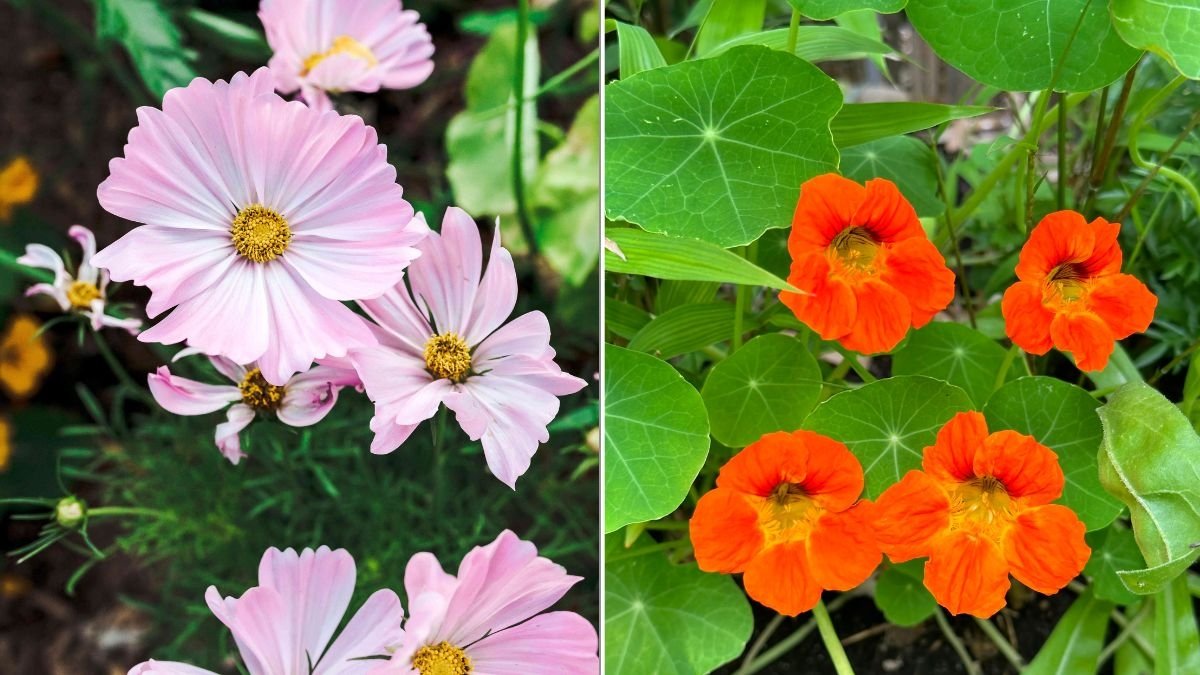




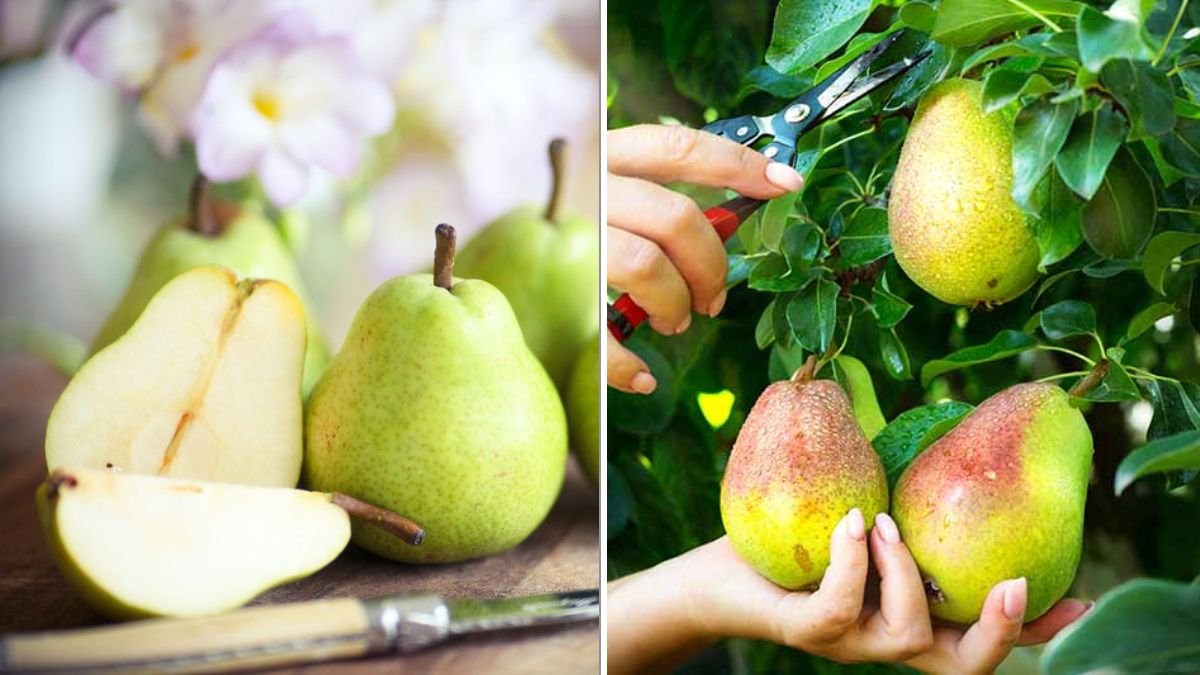
Leave A Comment